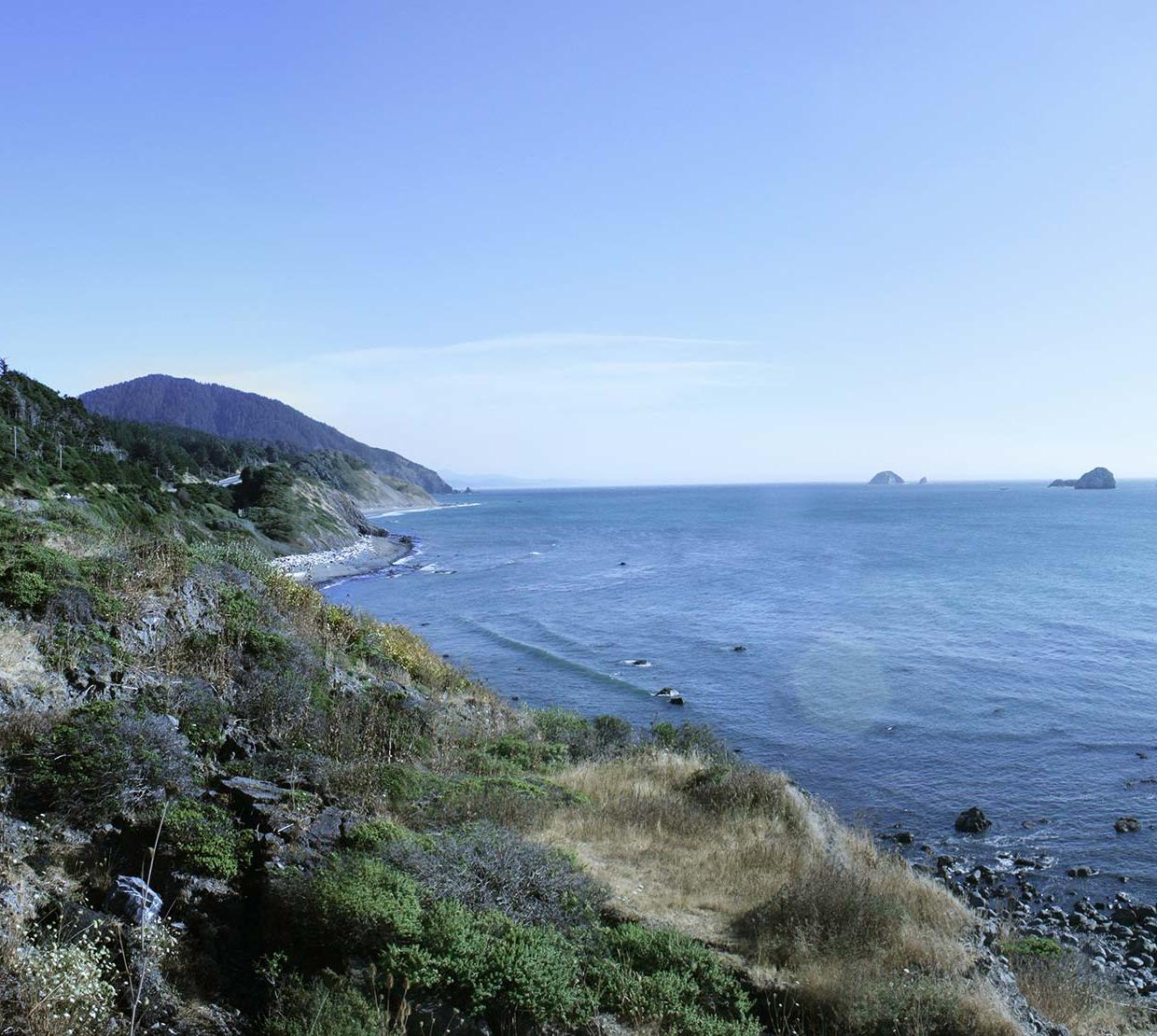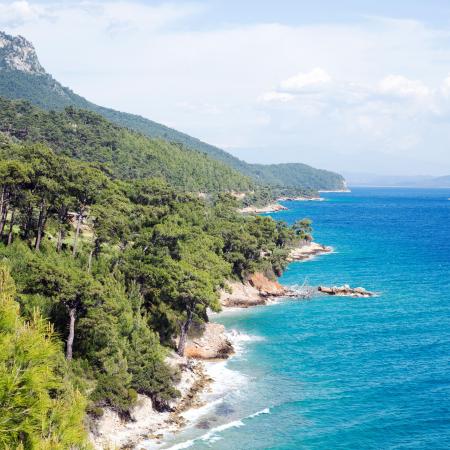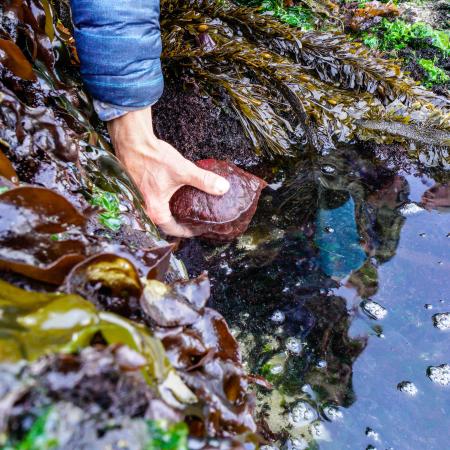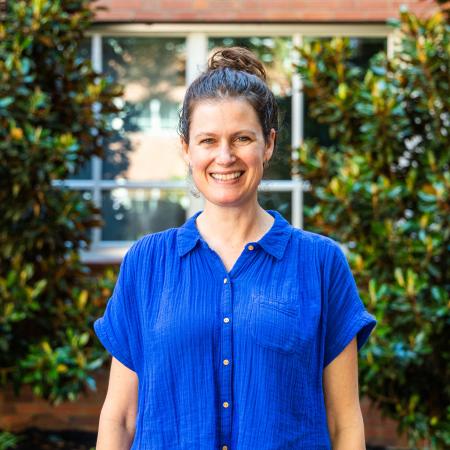Francis Chan, an associate professor in the Department of Integrative Biology, has been monitoring pH levels off the Oregon coast for the past two years. Oregon’s coastal waters, says Chan, are a world hotspot of ocean acidification.

Working with a network of volunteers, he has seven monitors strategically placed in the intertidal zones at the state’s five marine reserves — Cape Falcon, Cascade Head, Otter Rock, Cape Perpetua and Redfish Rocks. Ocean acidification is a growing influence on Oregon coastal waters, Chan has found, along with indications there may also be some “safe zones” for marine organisms susceptible to its effects.
Sometimes called “climate change’s evil twin,” a phrase coined by Oregon State’s Jane Lubchenco, ocean acidification is an insidious and unseen effect of rising carbon dioxide (CO2) levels in the atmosphere. The oceans have always absorbed CO2 from the atmosphere, but as levels of the greenhouse gas have climbed, primarily the result of fossil fuel burning, the oceans have taken in ever-higher amounts, leading to shifts in ocean chemistry.
A Path to Lower pH
Chan arrived at OSU in 2001 to conduct post-doctoral research on ocean hypoxia — water with low oxygen levels — and has since become an expert on the subject, including its intensity, duration, where it occurs and how it impacts marine organisms. His interest in biogeochemistry (the study of the physical, biological, geological and chemical processes in the environment) led him to start the Oregon coast ocean acidification monitoring study in 2016. Chan is also affiliated with PISCO (the Partnership for Interdisciplinary Studies of Coastal Oceans), a research collaborative including OSU, Stanford University and the University of California at Santa Cruz and at Santa Barbara. PISCO scientists study the near-shore ocean environment from Baja California to British Columbia.
“The ocean may look the same, but the water is changing, especially on the Oregon coast,” says Chan. Here’s why the Oregon coast is particularly vulnerable to acidification and thus an important place to study ocean chemistry.
Much of Oregon’s coastal water originates in the North Pacific off Japan in two cold, deep-water currents. One takes about 10 years to reach Oregon, while the second takes a more circuitous path and nearly 50 years to deliver its water here. Because cold water can hold higher concentrations of CO2 than warmer water, these currents start off with increased CO2levels. As they slowly flow toward the U.S. West Coast, biological activity by organisms living in that water layer — zooplankton, phytoplankton and other microorganisms — continually generates CO2 until, by the time the water rises to the surface off the Oregon coast, its CO2level has increased dramatically. Once that water is finally exposed to the atmosphere after decades in the deep, it begins absorbing even more of the greenhouse gas.
Science in Action
In addition to collecting data, Chan also involves coastal community residents in the research. One of his goals is expanded public awareness about ocean acidification and local adoption of solutions. Beginning with volunteers from the Redfish Rocks Community Team — a group of Port Orford residents who act as stewards for the Redfish Rocks Marine Reserve — he has expanded his volunteer network of citizen scientists to include other marine reserve community teams, The Nature Conservancy and the Surfrider Foundation.
Using their local knowledge, these citizen scientists help Chan pick the best locations in the intertidal zones to place the monitors. During the spring-to-fall field season, they remove the sensors every four weeks and send them to Chan, who downloads the data. Chan installs a new sensor in its place and sends it back to the volunteer. Because everything is self-contained, the citizen scientists don’t have to worry about making mistakes that might compromise the data.
Read complete article: https://bit.ly/2F0FhJ4




